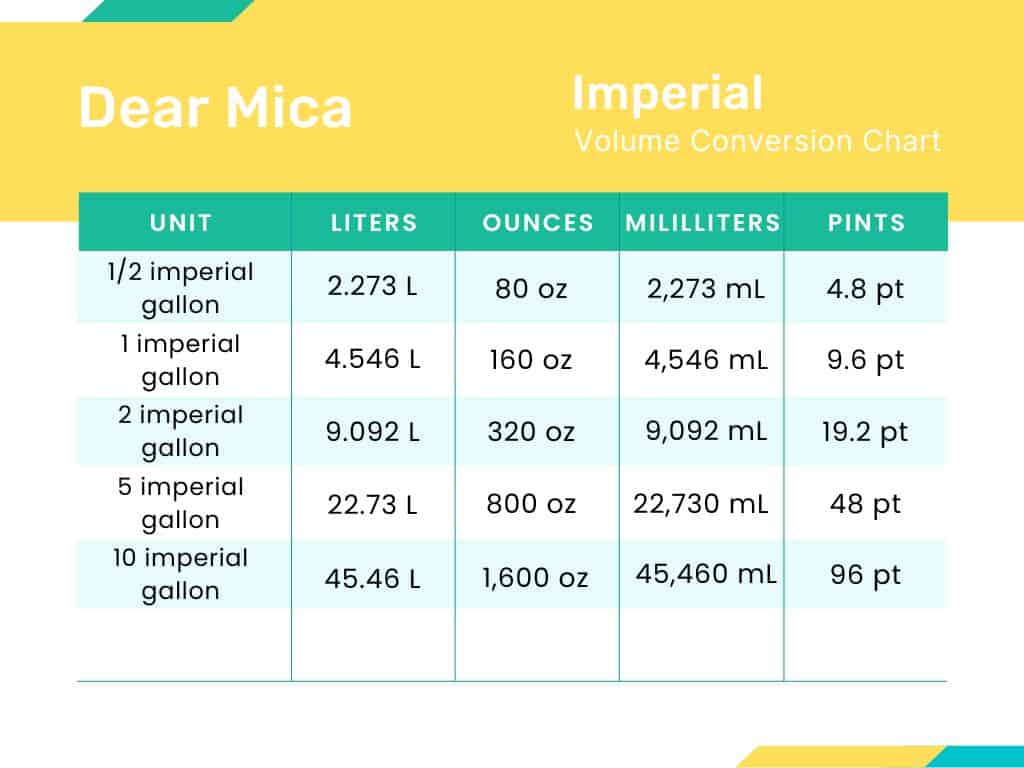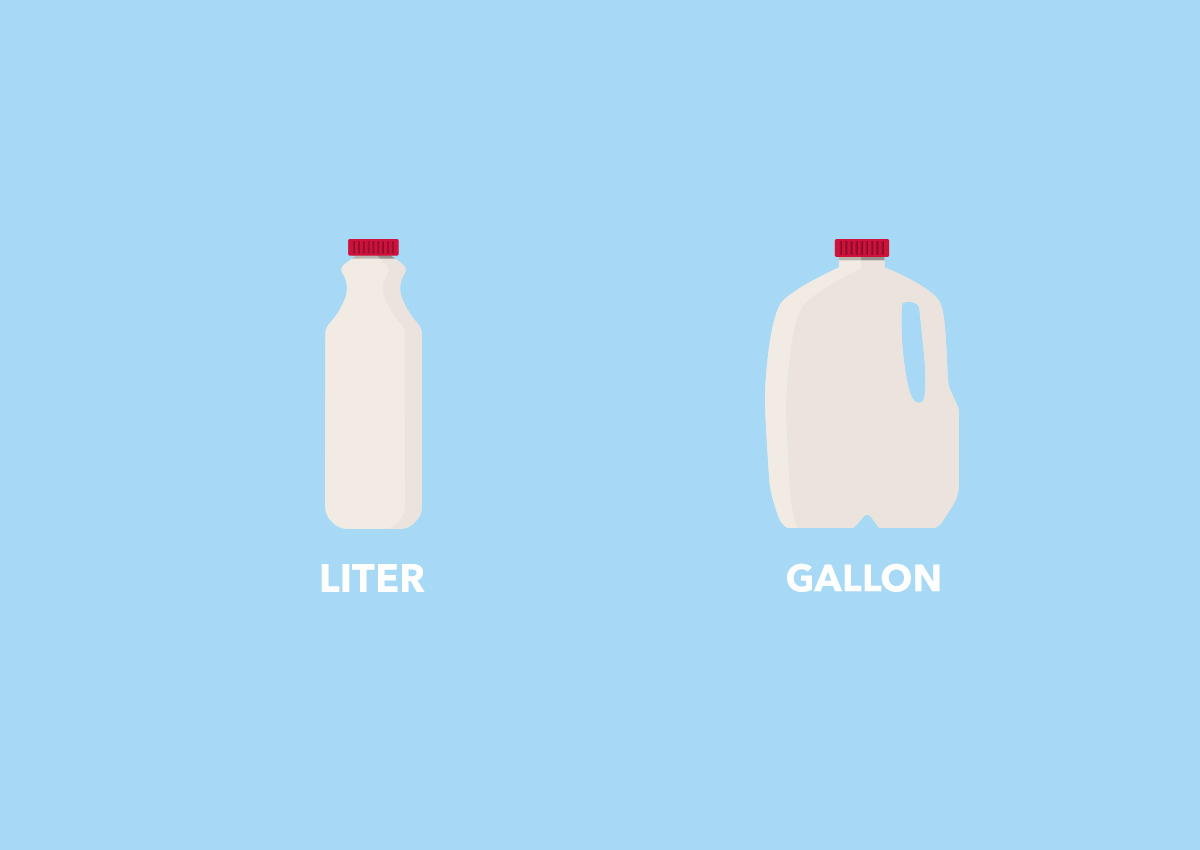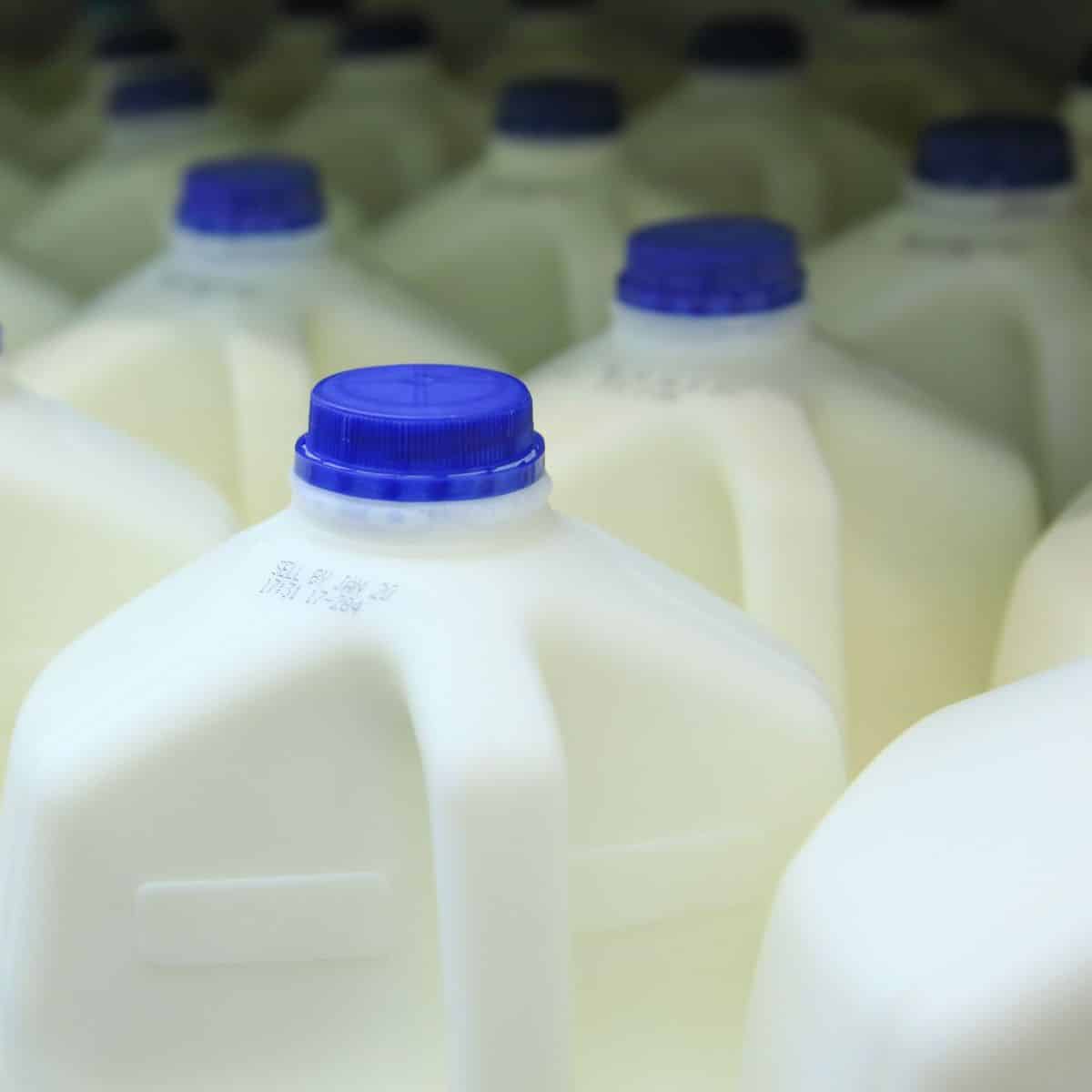Have you ever found yourself wondering about the exact size of a gallon, especially when looking at a recipe or maybe even a fuel pump? It’s a pretty common question, as a matter of fact, and it gets a bit interesting because not all gallons are quite the same. Knowing just how many liters are in a gallon can really help you out, whether you are cooking, traveling, or just trying to understand measurements better. This bit of knowledge is actually more useful than you might think for everyday situations.
What might surprise some people is that the term "gallon" doesn't always point to the same amount of liquid, so to speak. There are, generally, two main types of gallons that people talk about around the world. This difference can, in some respects, lead to a little bit of confusion if you are not aware of it. It is sort of like having two different sizes of the same shoe, where one fits one way and the other fits a bit differently.
This article aims to clear up any mix-ups about these measurements. We will look at the specific amounts for each type of gallon, making it much easier for you to grasp the distinctions. You will, by the end of this, have a very clear picture of just how many liters make up a gallon, depending on where you are and what kind of gallon is being discussed.
Table of Contents
- The US Gallon: Your Everyday Measure
- The Imperial Gallon: A Different Story
- Why the Difference Matters
- Beyond Simple Conversions
- Quick Reference Guide
- Frequently Asked Questions
The US Gallon: Your Everyday Measure
When most people in the United States talk about a gallon, they are referring to the US liquid gallon. This measurement is very common in daily life there, from the milk you buy at the store to the gas you put in your car. It's the standard unit for larger liquid volumes, and knowing its exact size in liters is pretty helpful for all sorts of things, honestly.
The Exact Conversion
So, how many liters are in a US gallon? Based on our information, one US gallon is equal to 3.78541 liters. This number is quite precise, and it is the figure you should keep in mind when dealing with US measurements. It’s a good number to remember, especially if you ever need to convert something quickly, like for a recipe or a home project.
Sometimes, you might see the number written with a few more decimal places, like 3.78541178 liters. Both are, in a way, pointing to the same volume, with the longer number just offering a bit more precision for very exact calculations. For most everyday purposes, the shorter version, 3.78541 liters, is perfectly fine and simple to use.
Practical Uses for US Gallons
Think about how often you encounter gallons in your daily routine. For instance, when you buy a large container of juice or a big jug of water, it is often sold in gallon sizes. If you are following a recipe from a US cookbook and it calls for a gallon of something, you now know exactly how much that is in liters, which is very useful if you use metric measuring tools.
Another common situation involves fuel. In the United States, gas is sold by the gallon. If you are traveling from a country that uses liters for fuel, knowing that one US gallon is 3.78541 liters helps you understand how much gas you are actually getting. It helps you, in a way, compare prices and plan your trips better, which is pretty handy.
Let's consider a specific example from our information: a 5-gallon container will hold approximately 18.9 liters of gas. This shows how that basic conversion of 3.78541 liters per gallon scales up. It’s just a straightforward multiplication, really, and it helps paint a clear picture of larger volumes.
The Imperial Gallon: A Different Story
Now, let's move on to the imperial gallon. This one is quite different from the US gallon, and it is important to know which one you are dealing with. The imperial gallon is, in fact, a larger volume than its US counterpart. This distinction is a key point to grasp to avoid any measurement mix-ups.
Where You'll Find It
The imperial gallon is, or was, used in several countries around the world. Our information tells us it is used in places like Ireland, the United Kingdom, Canada, Australia, New Zealand, and some Caribbean countries. So, if you are visiting or dealing with products from these areas, you are likely to come across the imperial gallon. For example, in Ireland, the imperial gallon is used, so one gallon there equates to 4.546 liters.
It is pretty interesting how different regions adopted different standards, isn't it? This historical difference is why we have these two distinct gallon sizes today. Knowing which countries use which system can actually save you a lot of confusion, especially if you are, say, reading old documents or traveling internationally.
The Imperial Conversion
So, what's the exact conversion for the imperial gallon? According to our details, one imperial gallon is equal to 4.546 liters. Just like with the US gallon, you might see a more precise figure sometimes, such as 4.54609 liters or even 4.54609188 liters. These longer numbers are just for extremely precise scientific or industrial uses, but the simpler 4.546 liters is good for most situations.
You can see right away that 4.546 liters is quite a bit more than the 3.78541 liters of a US gallon. This difference, while seemingly small, can add up significantly when you are dealing with larger volumes. It's a very important detail to keep in mind, particularly for things like fuel or bulk liquids.
Why the Difference Matters
Understanding the difference between the US gallon and the imperial gallon is not just a matter of trivia; it has real-world implications. Misinterpreting which gallon is being used can lead to incorrect measurements, which can be problematic for various reasons. It's a bit like trying to fit a square peg in a round hole if you don't know the right size, you know?
Real-World Examples
Imagine you are following a recipe from an old British cookbook, and it calls for a gallon of milk. If you use a US gallon measure, you would actually be using less milk than the recipe intends. This could affect the outcome of your dish, making it too thick or too thin, for example. It's a pretty common scenario where this knowledge comes in handy.
Another example is when you are buying fuel. If you are in Canada, where they use imperial gallons, and you are used to US gallons, you might think you are getting less fuel for your money if you don't account for the difference. The imperial gallon is larger, so you are actually getting more fuel per "gallon" than you would in the US. This is, in a way, a good thing to be aware of for your budget. </



Detail Author:
- Name : Prof. Peyton Walker
- Username : shayna66
- Email : swisozk@bechtelar.info
- Birthdate : 1972-02-12
- Address : 64627 Schmidt Union Stoltenbergfort, AR 13077-3831
- Phone : +14046346399
- Company : Bergnaum LLC
- Job : Electric Meter Installer
- Bio : Est eos delectus alias omnis ullam. Laboriosam iure voluptas et. Impedit soluta et quia accusantium. Qui totam laboriosam voluptatem.
Socials
linkedin:
- url : https://linkedin.com/in/ericka_champlin
- username : ericka_champlin
- bio : Eum accusamus incidunt consectetur.
- followers : 3486
- following : 1377
facebook:
- url : https://facebook.com/ericka.champlin
- username : ericka.champlin
- bio : Excepturi inventore reiciendis nobis aliquam quisquam voluptate ut magnam.
- followers : 2293
- following : 1440
twitter:
- url : https://twitter.com/ericka_champlin
- username : ericka_champlin
- bio : Odio maxime fugiat quo corporis. Et aperiam qui fuga eveniet ad ab. Occaecati rerum dolorem veritatis quaerat dolores et.
- followers : 4828
- following : 972



























